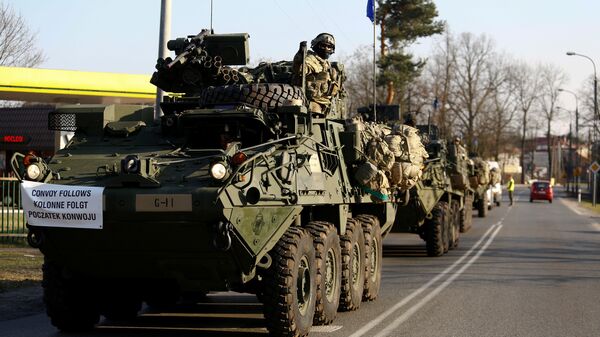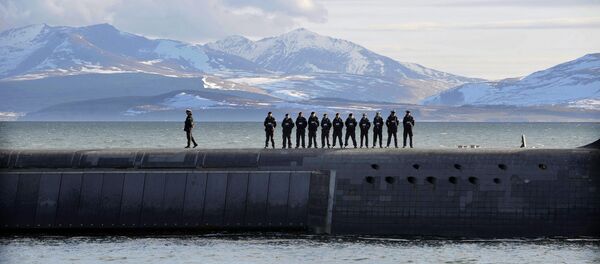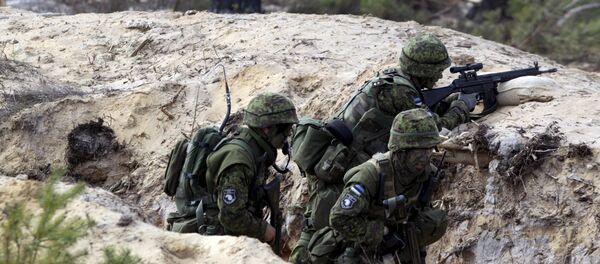The firepower will be assigned to any new unit, should the Pentagon decide to station more manpower in Europe, said Maj. Gen. Duane Gamble, commander of the Kaiserslautern-based 21st Theater Sustainment Command.
In order to accommodate the equipment, the US Army Corps of Engineers is now working on plans to construct a $200-million warehouse in Powidz, Poland, expected to be ready in 2021.
"It's going to be capable of hosting an [armored brigade combat team's] worth of equipment, but the space configuration will allow us or NATO units to store a variety of different types of equipment there," said Col. John Baker, lead engineer at US Army Europe (USAREUR).
The Pentagon is making no efforts to hide the fact that this increase in NATO firepower is aimed at Russia. According to a Stars and Stripes report, the idea behind the move is "to ensure that forces can more quickly assemble in the event of a conflict or crisis with Russia."
According to that report, Western countries expect a military conflict to spark either in the Baltics or in Poland.
"While Russia said it has no intention of instigating a fight, allies are skeptical," the report reads.
"Russia, in turn, has complained that the military buildup along its borders represents a threat to its isolated enclave of Kaliningrad, which is surrounded by NATO territory."
The plan is a part of a larger tactic to create a force that will be able to respond swiftly and "with reflexive competence," according to Gamble.
According to Igor Korotchenko, director of the Center for Analysis of World Arms Trade (CAMTO), spending increases are mainly "related to the deployment of a system of global American missile defense in Europe, the strengthening of NATO's military presence in the Baltic States and Poland as well as the aggressive course of the military alliance in general, which is aimed at gaining unilateral military and technical superiority over Russia."
The US Army's only sustainment brigade in Europe already has its hands full with research into the best ways of military transportation across Europe in case of conflict.
"What we're trying to do is figure out where we can move tanks across Europe in case we ever had to project power," says the brigade's commander, Col. Michelle M.T. Letcher
"Some European countries require 45 days' advance notice for passage approval. Some want detailed information on the driver, such as the soldier's mother's maiden name, making last-minute driver changes impossible," another Stars and Stripes report reads.
Another problem that riddles NATO forces is the need to deal with the derelict and poorly maintained Soviet-era transportation network in the countries that joined the alliance after the fall of the Warsaw Pact Organization.
For instance, "We didn't know if we could move tanks from Germany all the way up to Estonia," the outlet quotes Letcher saying. "Because of the road network, the overpasses, the bridges. They haven't been tested in a long time."




